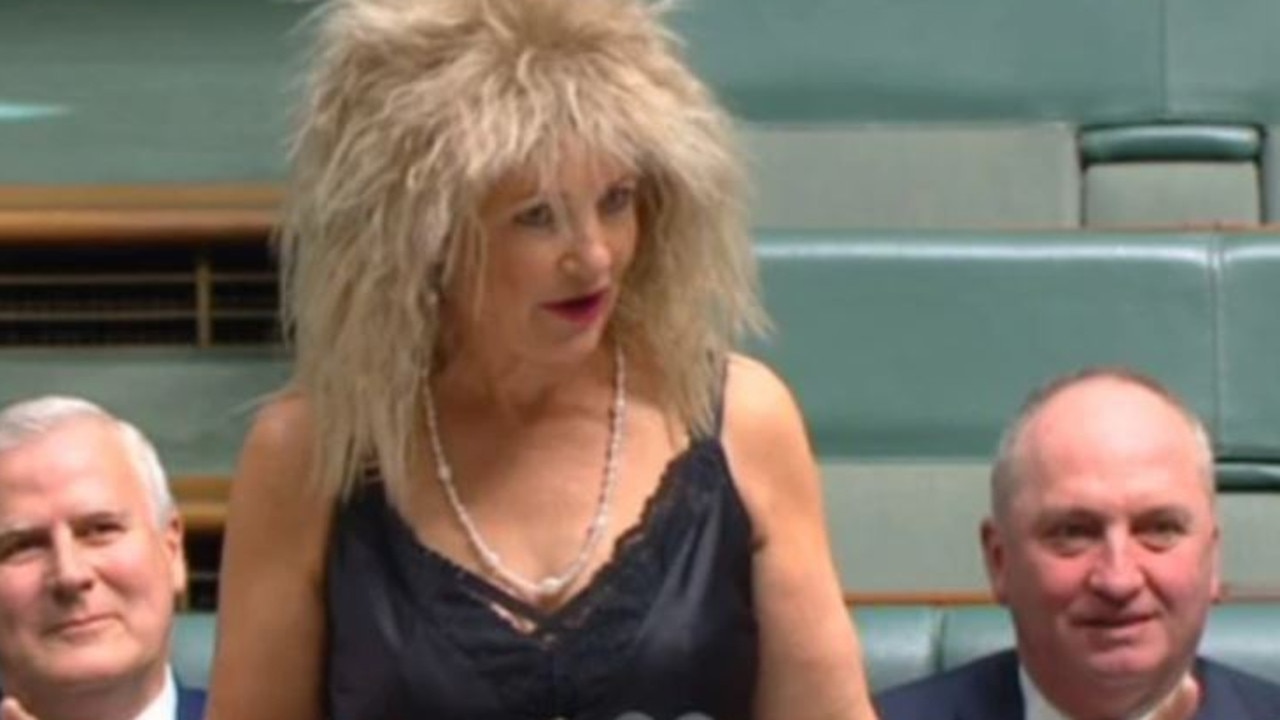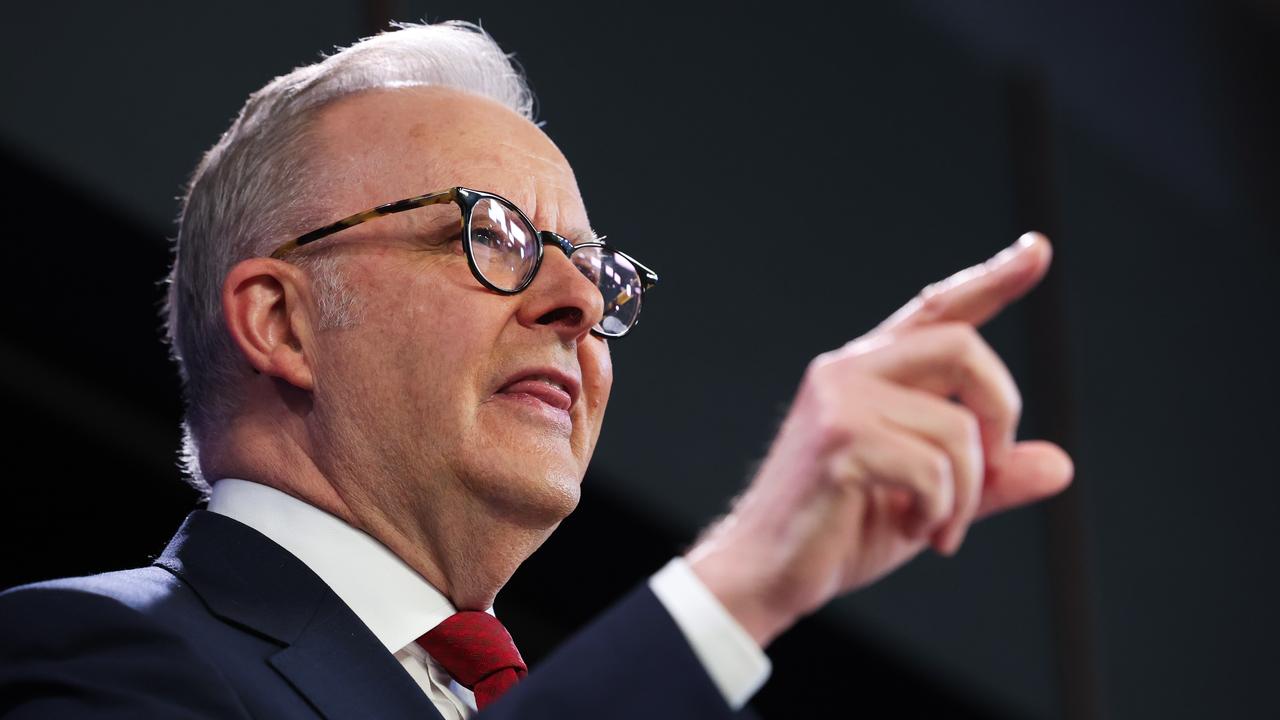Federal Government slashes petrol price by 22 cents a litre
A big change is taking place from midnight, potentially saving you hundreds. But there’s one big catch with this plan. Here’s why.

The federal government has formally announced it will halve the fuel excise from midnight tonight in an effort to address the spiking cost of petrol.
The fuel excise is currently 44.2 cents per litre. That will be cut to 22.1 cents per litre for a period of six months – taking it well beyond the looming election in May. But don’t expect the price cut to flow through to the bowser immediately.
In his budget night speech, Treasurer Josh Frydenberg said the measure was part of a “temporary, targeted and responsible cost of living package”, designed to ease the pressure caused by higher fuel, food and shipping costs.
“For the next six months, Australians will save 22 cents a litre every time they fill up their car,” Mr Frydenberg said.
“A family with two cars they fill up once a week could save around $30 a week, or around $700 over the next six months.
“Whether you’re dropping the kids at school, driving to and from work or visiting family and friends, it will cost less.”
While the excise cut takes effect at midnight on Tuesday night, Mr Frydenberg said it would flow through to customers gradually over “the next two weeks”.
“The competition watchdog will monitor retailers to make sure these savings are passed through,” the Treasurer pledged.


When prices will start to drop
Mr Frydenberg’s acknowledgment that it will take time for the savings to be passed on to Australians is a key point. You shouldn’t expect petrol to suddenly cost less on Wednesday, or even on the day after.
Speaking before the Treasurer’s speech, Mark McKenzie, chief executive of the petrol station peak body ACAPMA (Australasian Convenience and Petroleum Marketers Association), told news.com.au it was crucial for Mr Frydenberg to “manage expectations” about the speed of the price cut.
Since the fuel excise is levied at the wholesale point, there will still be “tens of millions of litres” in the system when the excise is cut at midnight. Those litres were all purchased at the higher excise rate.
“It means I’ve got to get through all the fuel already in the network,” Mr McKenzie said.
He estimated that could take between three and seven days, depending on where you live.
“Typically, in a metro area with high turnover, you’re talking three days. Outer metro or regional areas, five days. But in far-flung regional areas with smaller volumes, it might take seven days to get through a tanker of petrol,” he explained.
Mr McKenzie said it was possible that some retailers might lower their prices immediately to get the jump on competitors, but doing so would cost them an immense amount of money.
“That’s a big amount to write off,” he noted.
He added that the competition watchdog, the Australian Competition and Consumer Commission, would likely “go into overdrive” in the next couple of weeks to ensure the excise cut is passed on to motorists.
“It will certainly flow through, but they key thing is just to manage expectations,” he said.

In addition to the excise cut, the government is halving the excise equivalent customs duty rate as it applies to petrol and diesel, also for six months.
These measures are forecast to reduce the government’s revenue by $3 billion.
To illustrate their effect on households, the budget papers highlight the Long family, who fills up two cars each week, one with a 40-litre tank and the other with a 60-litre tank. This family is predicted to save “up to $25 a week in excise and GST”, or “more than $600” over the next six months.
How Australia’s move compares
Australia’s decision to cut the excise follows similar moves overseas, including from New Zealand and the United Kingdom. The UK policy was more modest in price, lowering that nation’s excise by five pence, while New Zealand’s excise cut only lasts for three months instead of six.
Earlier today, speaking at the traditional pre-budget press conference as he arrived at Parliament House, the Treasurer confirmed an excise cut was coming, though he declined to specify the exact size of it.
“If you’re a family who needs your car to get to and from work to drop your kids at school, if you’re a tradie who is busy getting about a daily job, you are seeing the higher price for petrol and what it’s doing to your take-home pay,” Mr Frydenberg said.
“And so what we will be seeking to do in this budget is provide cost of living relief for those Australians that are paying higher prices at the bowser.”

NRMA spokesman Peter Khoury told news.com.au that while there might be some brief delays, the savings should flow through within the week.
“I think it was pretty much overnight in the UK,’’ he said.
Mr Khoury said there were two big issues with the government’s move to slash the excise.
“First of all, if oil prices go back up, then obviously, the 20 cents is going to get eaten up,” he said.
“And the second is the profit margin. So that’s something the government’s going to have to watch really closely is that once it’s brought in.”
Labor is expected to support the excise cut. Speaking to the ABC’s Insiders program on Sunday, the opposition’s treasury spokesman Jim Chalmers indicated his party would back the move, pending more detail.
“Petrol is a big part of the story, as everybody knows, but it’s not the only part of the story,” Mr Chalmers said.
“We think that there is a place for cost-of-living relief in the childcare system. We think there’s a place for cost-of-living relief when it comes to power bills.
“The expectation I think is … we’re talking about some kind of temporary cut to fuel excise and we are unlikely to stand in the way of that.”





